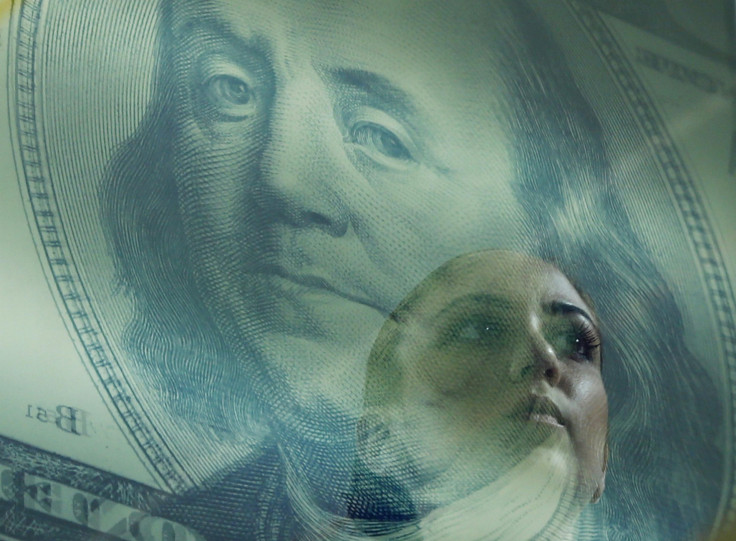College Costs 2014: Undergraduate Student Borrowing Decreases As Economy Heals, Enrollment Shifts

Moms and dads may still be getting sheepish phone calls about beer and textbook money, but undergraduate students are actually borrowing less from banks and the federal government, according to a College Board study released Thursday. As the cost of higher education continues to rise, the economy is bouncing back, leading to fewer -- and smaller -- loans.
In the 2013-2014 year, parents and undergraduate students borrowed $106 billion in federal and nonfederal education loans, according to the College Board's Trends in Student Aid report released Thursday. That's $8.7 billion less than in 2012-2013 and 13 percent less than the borrowing peak of $122.1 billion in 2010-2011. Experts identified two major, linked reasons behind the decline: shrinking enrollment and a flourishing economy.
During the recession a few years ago, thousands of unemployed adults took college courses to earn better credentials and up their chances of getting jobs. Those adults needed significant amounts of financial aid to go to school, so borrowing totals were driven up, said Mark Kantrowitz, senior vice president and publisher of Edvisors.com. But now, Americans are going back to work. They've stopped borrowing because they're no longer going to school.
The nation is also experiencing a two-year decline in enrollment. It has dropped by almost 1 million since 2011, according to data from the United States Census Bureau. For-profit colleges, for which students typically have to take out large loans, took a big hit, said Sandy Baum, a co-author of the College Board study and a higher education research professor at George Washington University in Washington, D.C.
Without those unemployed students requesting loans and fewer people attending for-profit colleges, borrowing dropped. "What's likely is there's a changing composition of the student body," Baum said. "Some of the decline in enrollment is among people who would have borrowed more."
At the same time, parents are needing less money to send their kids to college. Families who lost their savings when the stock market tanked in 2008 and 2009 are feeling comfortable spending again. They changed their attitudes, too. "Maybe people are thinking harder that 'Maybe it's not such a great idea to borrow so much money. Maybe we should borrow a bit less,'" Baum said.
With college costs increasing -- the price of attending a public, four-year school is more than three times what it was 30 years ago -- high school students from low-income families may be choosing to attend cheaper, second-choice schools over their costly top choices. But that's up for debate. "I know you see surveys that say, 'I didn't go to my top-choice college because it was too expensive,'" Baum said. "Colleges that look expensive at first glance because they have higher tuition are cheaper for many students because they have very generous financial aid programs."
Nearly half of the $106 billion borrowed in 2013-2014 was in federal unsubsidized loans. Roughly a quarter was in federal subsidized loans. Only 9 percent was in nonfederal loans, according to the College Board report.
The overall takeaway from the College Board results is that the burden to pay for college is shifting to families and away from the government, Kantrowitz said. "We're now seeing that bump [in borrowing] disappear, but the underlying baseline trend still continues," he said. "Debt at graduation is driven by the failure of grants to keep pace with college costs."
The College Board results showed the government issued nearly $34 billion in Pell Grants in 2013-2014, but its spending power was decreasing. The maximum Pell Grant covered only 63 percent of tuition and fees compared with 79 percent 10 years ago. As a result, Kantrowitz said he expects borrowing to boomerang up again.
© Copyright IBTimes 2024. All rights reserved.






















